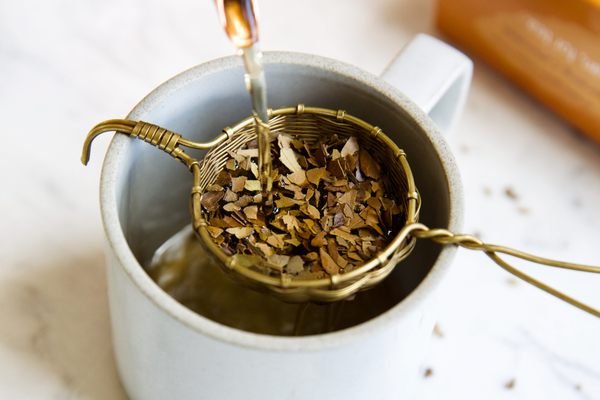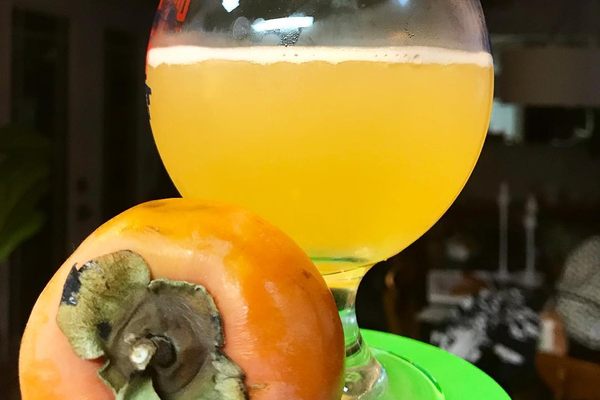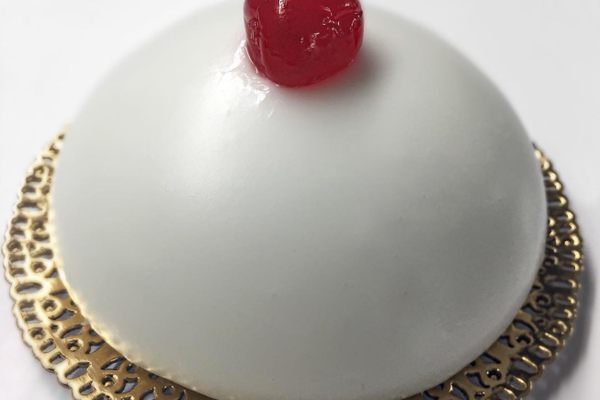St. Joseph, the Biblical foster father of Jesus Christ, has received a lot of honor over the past two millennia. But a bread-sculpted alligator may be a new offering. This particular sculpture is one of the unique ways Italian-Americans in New Orleans have adapted the Sicilian tradition of edible St. Joseph’s Day altars in the United States.
While Catholics across the world observe the feast of St. Joseph, it’s particularly important for Sicilians. Legend has it that in the Middle Ages, Sicilians prayed to St. Joseph to relieve them from a terrible drought. The rains came, and to this day, devotees in Sicily and Sicilian communities abroad venerate the saint every March 19 by filling devotional tables with symbolic abundance. Lush with oranges and lemons, laden with cucidati fig cookies and pignolata honey balls (called struffola in Naples), rich with fava beans and fragrant with flowers, the altars welcome good fortune. They’re also piled high with a unique art form: elaborate bread sculptures. These loaves, in shapes ranging from Christian crosses and fish to woodworking tools symbolizing the carpenter saint, show off the skills of talented local bakers, particularly in towns such as Western Sicily’s Salemi, renowned for its ornate baking.
In Sicily and some parts of Southern Italy, communities traditionally lay a common St. Joseph’s table in the main piazza, some of which also offer free meals to visitors. Local festivities include processions carrying the saint’s statue through piazzas, illuminated by neon lights and surrounded by colorful confetti. Some towns make a party of it, lighting bonfires, playing traditional music, and setting off fireworks. Meanwhile, Sicilian-Americans have added their own flair to the festival, erecting St. Joseph’s tables in cities across the country. Besides including bread sculptures of local reptiles, Sicilian-Americans in New Orleans—whose French Quarter was once called “Little Palermo”— throw a colorful annual St. Joseph’s Day parade.
The day is capped with a feast. The starring dish is pasta milanese or pasta con sarde, a fishy, tangy combination of bucatini pasta with sardine and fennel sauce. It’s topped with pine nuts and raisins, legacies of Sicilian cuisine’s Arab influence, and bread crumbs (the “poor man’s parmesan”), which represent the sawdust of St. Joseph’s profession. Other dishes include fried vegetables or fish, fava beans, and fresh fried donuts stuffed with sweet ricotta known as sfingi or zeppole di San Giuseppe.
Where to Try It
-
Salemi Website
Salemi, ItalySalemi, in Trapani province, is famous for its bread sculptures and annual St. Joseph's Day festival. Check before you go for information on that year's events.
-
St. Augustine's Church builds a St. Joseph's Day table in the market every year.
Written By
 Reina Gattuso
Reina Gattuso
Sources
- www.neworleans.com/events/holidays-seasonal/saint-josephs-day/
- www.npr.org/sections/thesalt/2017/03/18/519987433/move-over-st-patrick-st-josephs-feast-is-when-italians-parade
- www.italymagazine.com/news/whats-sicily-religious-events-festivals
- cookingwithmamalombardo.wordpress.com/2011/03/18/st-josephs-day-pasta/
- www.lifeinitaly.com/heritage/saint-josephs-day
- www.orderisda.org/culture/feast-days-2019/feast-of-st-joseph-deeply-rooted-in-faith-tradition/
- www.visitsicily.info/en/salemi/





















